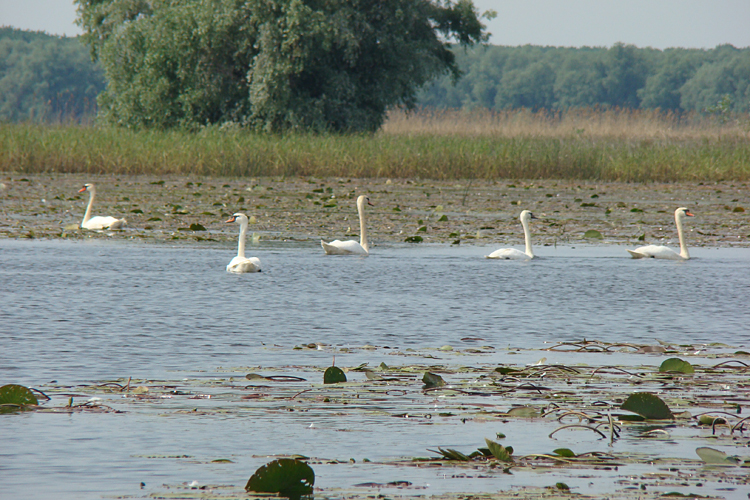Deep case studies
BESAFE carries out 12 single case studies addressing different issues areas related to biodiversity protection. This set of deep case studies covers different member states and geographical regions as well as various governance scales, stakeholder groups and their interaction. Overall, the case studies comprehensively explore the argumentation processes in the biodiversity-related policy making and provide knowledge on the transferability of arguments between the major governance levels.
Comparative case studies
Apart from the twelve deep case studies, BESAFE partners will conduct two comparative studies. The main idea behind these studies is to be able to compare different EU Member States with respect to particular WP 3 and WP 4 research questions. Comparative study “EU Biodiversity Strategy 2020 – national implementation” thus addresses the main questions of WP 3, while the study “Perceptions of biodiversity, ecosystem services and values at the national level” is concerned with WP 4 inquiry.
Nested Socio-Ecological Systems in
the Romanian Lower Danube River Catchment

Introduction
Different policies and management plans developed and implemented over the years in the Romanian Lower Danube River Catchment (RoLDC) had a wide range of long term objectives including the development of waterway transport, flood control and power generation, irrigation, increased hydrological connectivity inside coastal delta, land reclamation for agriculture and nature conservation through conventional protection of particular endangered species/taxons at small scales. The policy goals in the Nested Socio-Ecological Systems in the Romanian Lower Danube River Catchment were slowly changed during economic transition and EU accession towards conservation of biological diversity, ecosystems and land-waterscapes; reduction of diffuse and point pollution and eutrophication; restoration of structural configuration of Lower Danube Wetland System as well the landscapes of RoLDC; sustainable use of ecosystem and landscape services; sustainable management of RoLDC according with international and European conventions, strategies and directives.
Brief description of the policy problem
• Sustainable RoLDC management through conservation, restoration and sustainable use of natural capital versus maintaining current structural configuration and intensification of fishing and agricultural production
• Conflicts between objectives of sectoral policies and those aimed for biodiversity conservation and sustainable use of natural resources
Location
Romania – Lower Danube River Catchment
Governance level(s) involved
• On the national level we will analyse the framing and implementation of the processes for conservation and restoration of biodiversity/natural capital in Romania;
• At the local level we will analyse the Management Plans of two protected areas, the Danube Delta Biosphere Reserve (DDBR) and the Small Island of Braila Natural Park (SIBr).
Stages in the policy cycle
Decision-making and implementation are critical phases in the policy process at NSES-RoLDC and its subcomponents. Decision-making is dependent on: conceptual and analytical approach; quality and availability of empirical data, scientific and traditional knowledge and expertise; differences between people’s needs, perceptions and values, and their involvement in decision making. Information, communication, stakeholders’ participation, their attitudes and behaviours and the capacity for managing conflicts are key elements in the implementation phase.
Main stakeholders involved
• Primary stakeholders: farmers and fishermen (individual and collective stakeholders); water users (individual/households and collective); staff of the Administrations of DDBR and Natural Parks.
• Secondary stakeholders: representatives from regional and local authorities, scientists and managers, local NGO’s.
• Tertiary stakeholders: staff of central authorities/ representatives of public institutions, private sectors, national and international NGO’s or intergovernamental bodies.
Partner responsible
University of Bucharest
Contact person
Nicoleta Geamana (nicoleta_geamana [at] yahoo.com)
Image copyright of Marius Bujor©